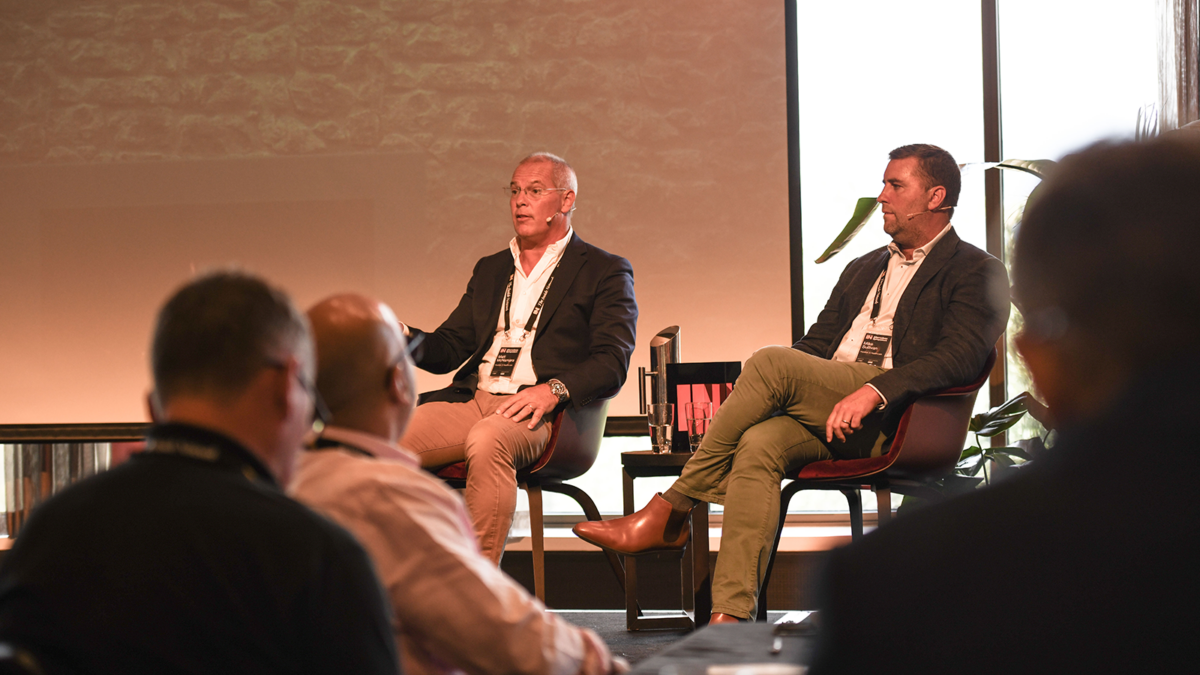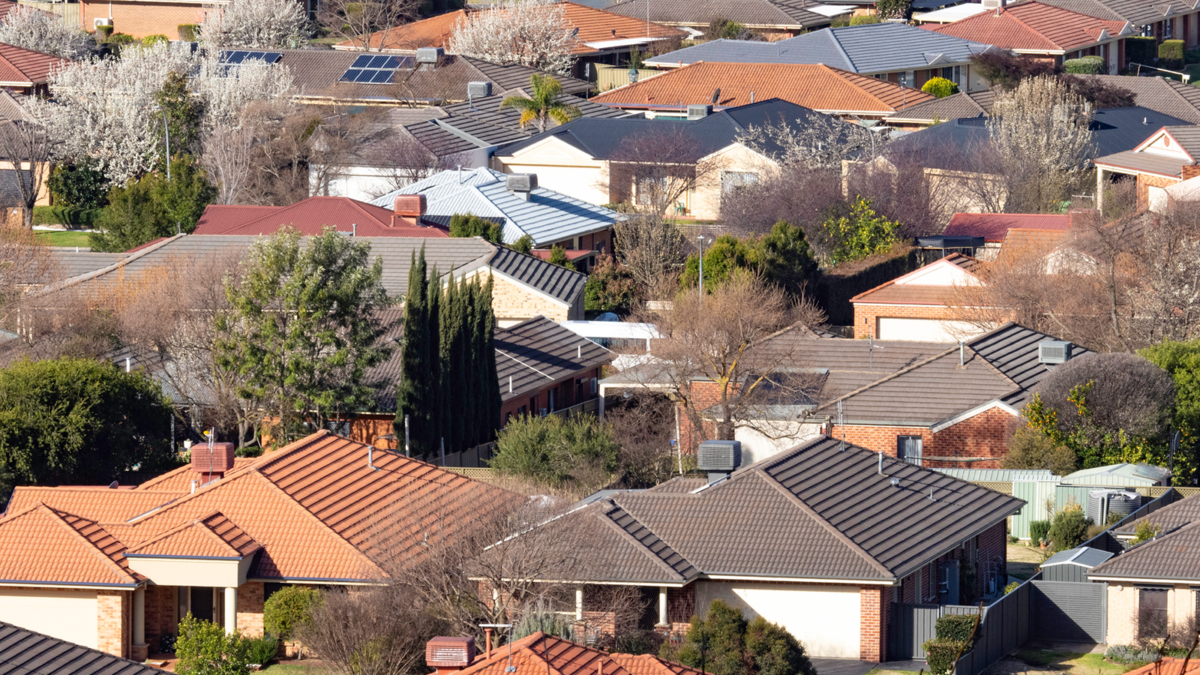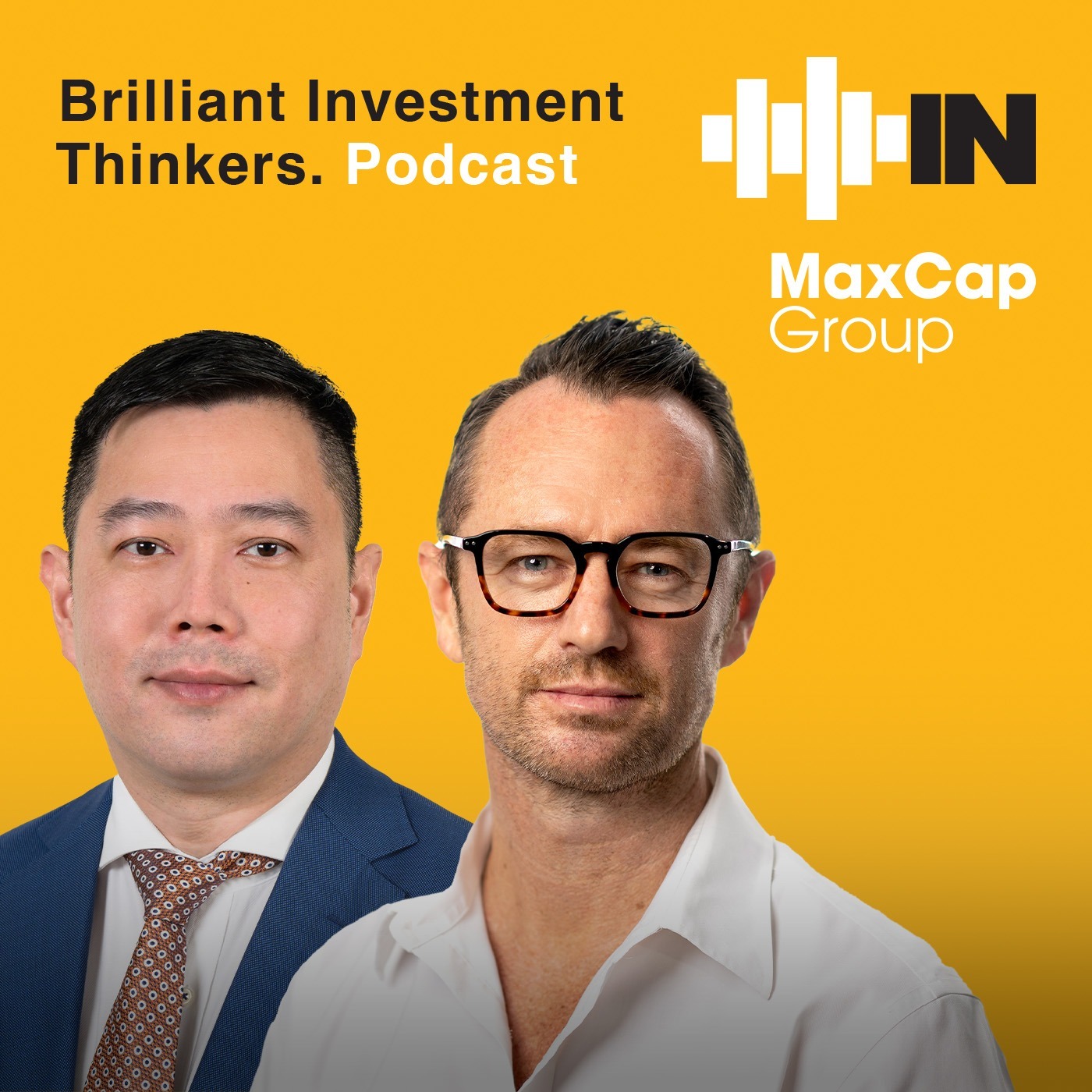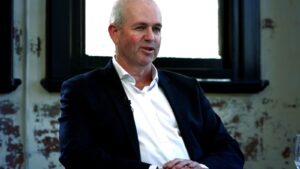Get your income fix
Listed infrastructure represents what is both great and frustrating in investment funds. The domain is largely captured by private investors and their representatives, as institutional pension funds prefer the benign pricing that unlisted assets offer.
Infrastructure is arguably the equity market’s expression of economic growth, interest rates and inflation in perfect unison. Aggregate revenue across the universe is relatively close to nominal GDP growth, rates are critical to regulated pricing and asset valuation, while the consumer is finely attuned to the costs of using the end-services.
It is also closest to a traditional purist equity approach taking a long-term investment horizon and valuations that are still anchored in visible cash flows underpinned by fixed assets rather than intangibles. The cleansing eye of credit markets, given the significant debt issuance that is within the capital structure, is a further notable feature.
The sector does not carry the dominance of a handful of stocks (few would know much or anything about the largest stock in the universe, Nextera Energy) nor a meaningful long-term style bias. That said, the defensive character of utilities versus the cyclical nature of airports gives plenty of opportunity to weigh up the positioning of each fund manager.
One of the gnawing issues is the performance benchmark, or rather the convoluted and large number of them. The most commonly used are the FTSE Global Core Infrastructure 50/50 and the S&P Global Infrastructure, while the DJ Brookfield and MSCI indices sometimes make a presence. The difference can be stark. Currently the FTSE and S&P indices have a 2% p.a. return gap over three years. What gives? S&P has only 75 stocks in its index and limits weights of utilities and transport to a maximum of 40% each. The FTSE has over 400 stocks with utilities at a max of 50%. The FTSE has a higher US weighting, roughly 10% above that of S&P, which may account for much of the performance differential.
Then, most funds feel free to invest outside these indices based on their criteria of infrastructure. An example is communication towers, which reside in the GICS REIT sector. To add to the headache, some funds elect to only show their performance against a CPI+ target that ranges from 5% to 7%. And never forget to check out currency hedging as the performance data often intermingles the two.
At fund manager level, there is a divide between the concentrated portfolios, typically around 20-30 positions and those that spread out to circa 100. The latter requires a good explanation as such a universe would potentially be close to the index (and more than the number in S&P Global Infrastructure). Fund size is a further possible limitation, though the ambit outside the index gives a wider scope.
Unsurprisingly, recent performance is strongly influenced by the positioning into the March downturn and the changes since. A fund caught with a high allocation to airports, energy-related stocks and toll roads got whacked, whereas the utility side became a safety valve. This means that judging a fund on say a 3-year time frame may be over-influenced by the few months earlier this year, rather than reflecting on its abilities.
Perusing the mix of sector exposure today allows an investor to take a bet on a vaccine cure (high airport etc.) versus a bearish expression in low-volatility utilities. Either way, there is a strong case to carve out a specific allocation to listed global real assets (REITs and Infrastructure) within the equity weight, as the lower correlation to FAANG stocks is much easier to defend than ‘value’ stocks.











